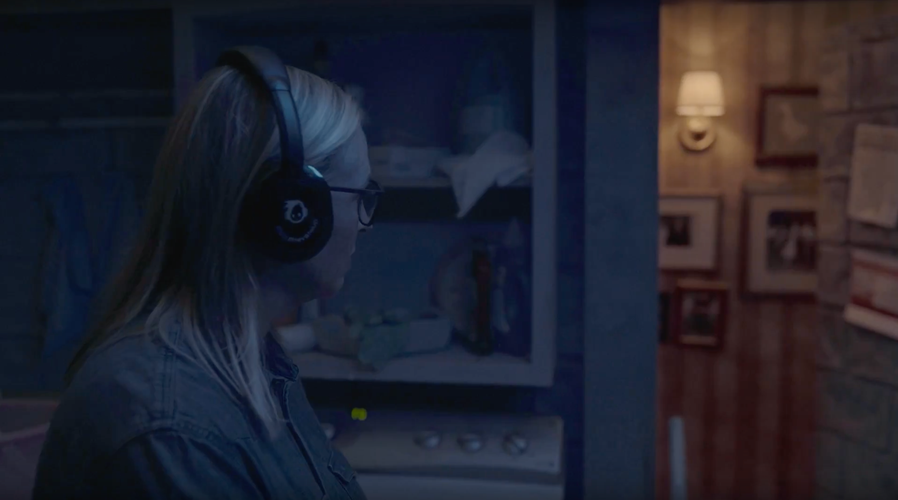The Home
PRIX ARS ELECTRONICA 2021 – Digital Musics & Sound Art – Honorary Mention

Authors:
Annie Saunders(US) & Jackie Zhou(US)
→ Original Link:
Abstract:
The Home is a headphone-based sound experience for one participant at a time in a physical installation—a custom-built house—situated in public space. Conceived to give each participant a visceral experience of the problematic question “Why don’t you just leave?” the binaural sound design is comprised of numerous elements and layers, built from interviews we conducted with eight survivors of domestic abuse. Their voices are used as compositional elements both to convey information and experience as well as elicit non-linguistic or pre-verbal emotion and specific visceral feelings, such as entrapment or romantic intoxication, for each solo participant. The women’s voices are layered into multifaceted sound design: participants might hear dishes being done, radio interview or news clip from a TV in another room, footsteps, a constantly intensifying phone notification, with voices which are at times isolated, montaged, or layered into sound. Each physical room and object was designed and chosen in response to the sound design. As the participant moves through the house, the environment becomes more surreal and the element of surveillance increases: after passing through a foyer, a bedroom, and a laundry room, they enter a space that is part-museum and part-police evidence room. The voices become more isolated and the participants hear stories of specific objects as they stand in front of them. The sense of being watched becomes acute. In the end they face a two-way police mirror, which they realize is the other side of the foyer mirror they saw at the front door. They see through the mirror to the front door that they can no longer reach. They then enter a waiting room in which they encounter a group of women—the headphones are collected by a stagehand, and the participant then enters an office where they speak to a domestic violence counselor, at which point they also learn that the women in the waiting room were those whose voices they heard in the headphones.
